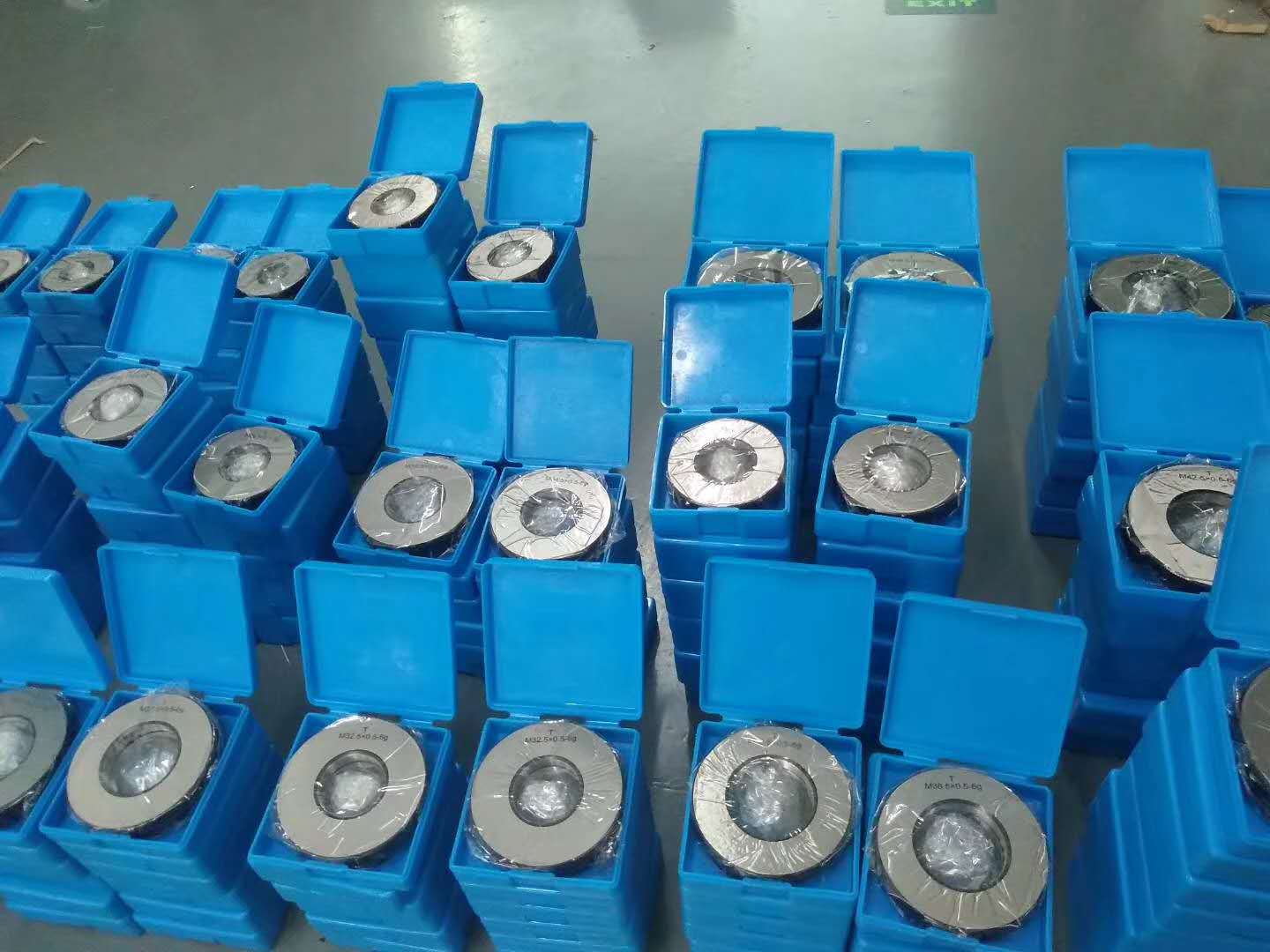Oct . 02, 2024 09:47 Back to list
Exploring Various Types and Applications of Control Valves in Modern Industries
Control Valve Types and Applications
Control valves are critical components in various industrial processes, playing a vital role in regulating fluid flow and maintaining desired conditions within systems. They are designed to control the flow of liquids, gases, and steam, thereby influencing pressure, temperature, and fluid levels in a wide range of applications. Understanding the types of control valves and their applications is essential for optimizing process performance and ensuring safety.
Types of Control Valves
1. Globe Valves These are among the most common types of control valves. Their design includes a spherical body with an internal baffle that divides the flow. Globe valves offer excellent throttling capabilities and can be used for both on-off and flow regulation applications, making them versatile in various processes. They are typically employed in applications where flow regulation is necessary, such as in chemical processing and regeneration systems.
2. Ball Valves Ball valves use a spherical disc to control flow. When the ball is rotated, the hole through it aligns with the pipes, allowing for flow, or misaligns to stop flow. Ball valves are known for their quick operation and low pressure drop, making them ideal for on-off control in chemical and oil and gas industries. They are particularly suited for applications where tight sealing and low leakage are required.
3. Butterfly Valves Characterized by a rotating disc, butterfly valves are used for regulating flow in large pipes. Their design makes them lightweight and compact. These valves can be operated manually or automatically, and they are commonly utilized in water treatment, wastewater management, and HVAC systems due to their quick operation and cost-effectiveness.
4. Check Valves While they are not typically classified as control valves in the traditional sense, check valves are essential for preventing backflow in a system. They automatically allow fluid to flow in one direction and close when flow reverses, ensuring system integrity and protection for pumps and compressors.
5. Diaphragm Valves These valves use a flexible diaphragm to control flow. They are primarily used in applications that require high purity and minimal contamination, such as in pharmaceutical and food processing industries. Their design allows for clean flow paths and easier maintenance, making them suitable for sensitive applications.
6. Pressure Relief Valves These valves are vital for safety in pressurized systems. They automatically release pressure when it exceeds a predetermined limit, preventing equipment failure and accidents. Pressure relief valves are widely used in boiler systems, chemical reactors, and storage tanks.
control valve types and applications

Applications of Control Valves
Control valves find applications across diverse industries, each requiring specific valve characteristics to meet operational needs
.1. Oil and Gas In this industry, control valves regulate flow rates in drilling, refining, and transportation. They are essential in managing pressure and ensuring safe operations.
2. Water Treatment Control valves are used to manage the flow of water through filtration and treatment processes. Butterfly and globe valves are commonly employed for their efficiency in controlling flow rates.
3. Chemical Processing The chemical industry relies on control valves for accurate flow regulation of various reactants and products. This ensures safety and product quality in potentially hazardous processes.
4. HVAC Systems In heating, ventilation, and air conditioning systems, control valves help maintain temperature and humidity levels, contributing to energy efficiency and comfort.
5. Pharmaceutical and Food Industries Diaphragm valves are favored for their hygienic design, ensuring that there is no contamination in the process.
Understanding the types and applications of control valves is fundamental for engineers and operators. Selecting the appropriate valve type for each application can lead to improved efficiency, safety, and cost-effectiveness in industrial operations. As industries continue to evolve, control valve technology will play an increasingly significant role in optimizing operations and meeting regulatory standards.
-
Why Metric Trapezoidal Thread is Ideal for Precision Motion ControlNewsAug.05,2025
-
The Unique Properties of a Block of Granite for Industrial UseNewsAug.05,2025
-
The Role of Flanged Y Strainers in Preventing Pipeline ClogsNewsAug.05,2025
-
The Importance of Regular Calibration for Master Ring GagesNewsAug.05,2025
-
How a Cast Iron Surface Table Enhances Accuracy in ManufacturingNewsAug.05,2025
-
Comparing Different Check Valve Types for Optimal Flow ControlNewsAug.05,2025
Related PRODUCTS









